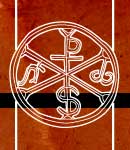
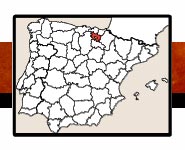

 |
 |
||
 |
|||
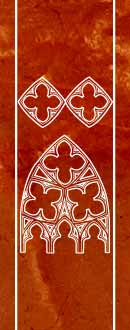 |
(40)/A-BA/ALAV-Vitori-40.jpg) |
-55/BOOK-cort-40.jpg) |
 |
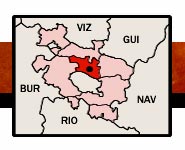 |
||
 |
|||
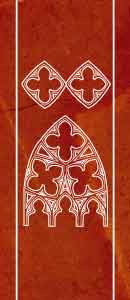 |
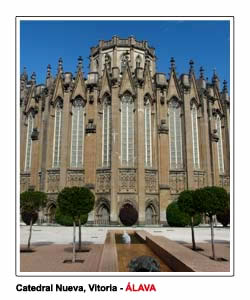 |
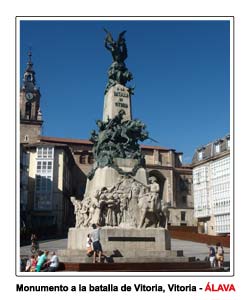 |
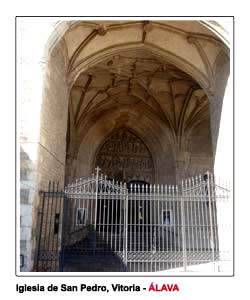 |
 |
ENTRADAS Y HORARIOSLa visita a la catedral nueva es de lunes a viernes de 10:00-14:00 y de 16:00-18:30, los sábados se visita de 10:00-14:00 y el domingo de 11:00-14:00, la entrada es gratuita. En cuanto a la iglesia de San Miguel el horario de culto para los días laborables es de 11:30 a 19:30. La catedral de Santa María se visita de lunes a domingo de 11:00-13:00 y de 17:00-19:00 h., la entrada general es de 3 € y reducida de 1,50 €. ACCESOLos monumentos se encuentran en el centro urbano de la ciudad, al que se accede con la cartelería viaria. ACCESIBILIDAD MINUSVALIDOSAunque te será muy fácil recorrer con silla de rueda el entorno de los edificios, muchos tienen escaleras de acceso, lo que puede suponer una barrera arquitectónica para los usuarios de silla de ruedas, que quieran acceder a los monumentos. |
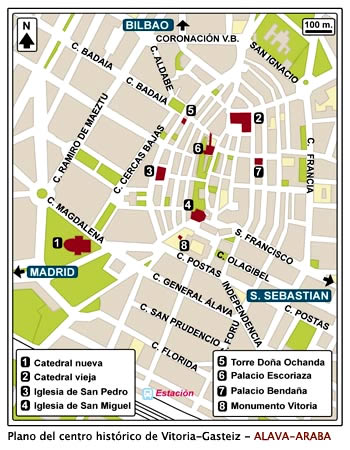 |
TICKETS AND TIMETABLEThe visit to new cathedral is from Monday to Friday from 10 am to 2 pm and from 4 pm to 6,30 pm, Saturdays are from 10 am to 2 pm and Sunday 11 - 2, admission free. As for the church of San Miguel the workship hours on weekdays is 11,30-7,30 pm. The cathedral of Santa Maria is visited from Monday to Sunday from 11 am to 1 pm and from 5 pm to 7 pm; the general rate is € 3 and reduced rate is € 1,50. LOCATIONThe monuments that we treat are in the historic center of the city; which is accessed with road signpostes. ACCESS FOR THE HANDICAPPEDAlthough it will be very easy to travel with your wheelchair around the monuments, almost all have access staircases, which can be an insuperable architectural barrier for wheelchair users, who want to enter the monuments. |
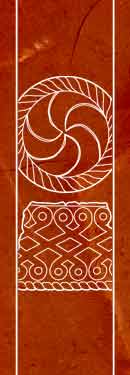 |
Muy cerca puede visitarse el puente que hay en Trespuentes en una zona arbolada de merendero, ideal para un alto en el camino. ENTRADAS Y HORARIOSHorario de verano (junio-septiembre) de martes y viernes es 11:00-14:00 y 16:00-18:00, sábados, domingos y festivos e de 11:00-14:00, y el horario de invierno (octubre-mayo) es de martes a domingo de 11:00-14:00, el lunes cierra. Entrada gratuita. ACCESO-ACCESIBILIDADSe ubica a 11 Km. al oeste de Vitoria, entre las localidades de Trespuentes y Villodas, ambas localidades están próximas a la A-1, que rodea Vitoria, coger la salida 345 de Jundiz, llegamos a una glorieta, cogemos la salida de Mendoza y Villodas. Llegaras a un cruce en forma de “T” aquí coges la dirección Villodas, y cerca del pueblo veras un cartel marrón para Iruña-Veleia y antes de cruzar el puente, otro rosa, para que gires a la derecha. El yacimiento dispone de un amplio aparcamiento. ACCESO PARA MINUSVÁLIDOSIruña no tiene fuertes barreras arquitectónicas para sillas de ruedas. |
Very near you can to visit the bridge of Trespuentes in a forest area, with picnic area, ready to make a stop along the way. TICKETS AND TIMETABLESummer time (June-September) on Tuesday and Friday is between 11 am 2 pm and from 4 pm to 6 pm, Saturdays, Sundays and public holidays from 11 am to 2 pm, and winter time (October-May) is from Tuesday to Sunday from 11 am to 2 pm. Admission free. ACCESSIt is located 11 Km. (6.8 miles) west to Vitoria, between the towns of Trespuentes and Villodas, both localities are close to the A-1, which surrounds Vitoria, take the exit 345 of Jundiz, we arrive at a roundabout, we take the exit of Mendoza and Villodas, you will arrive at a junction in “T” shape, here you take the direction Villodas, and near the village you will see a brown signpost for Ituña-Veleia and before crossing the bridge, another rose, so that you turn right. The site has a large parking. ACCESS FOR THE HANDICAPPEDIruña doesn't have special architectural barriers for wheelchairs. |
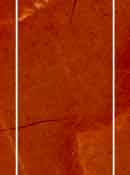 |
|||||||||||||||
| VITORIA Y GASTEIZ | RIOJA ALAVESA | ||||||||||||||
Septiembre de 2017 |
|||||||||||||||
(INFO PRÁCTICA) |
|||||||||||||||
WEB DESARROLLADA POR EXPERTOS EN ARQUEOLOGÍA Y TURISMO - WEB DEVELOPED BY ARCHAEOLOGY & TOURIST EXPERTS |
|||||||||||||||